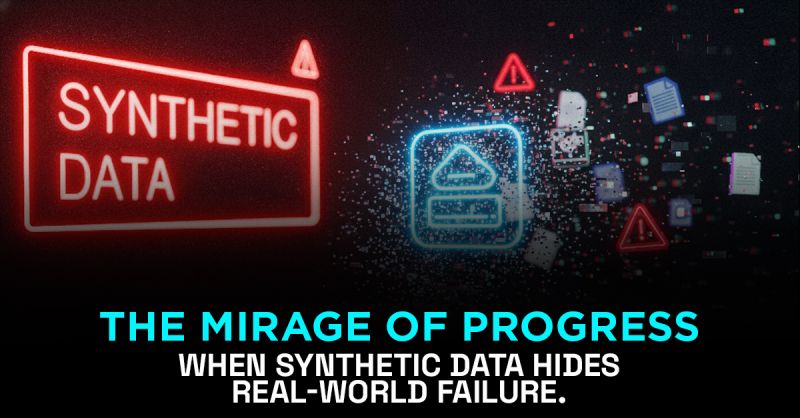A team I met recently had a problem that looked like progress.
Their AI models were improving every week.
Accuracy up. Latency down. Everything looked perfect, until it wasn’t.
When they deployed the model, it fell apart.
Real-world performance dropped by almost 30%.
The culprit? Synthetic data.
It had made training faster, cheaper, and easier, but it also created an illusion of progress.
The model had learned from a mirror world that didn’t quite behave like the real one.
Here’s the truth:
Synthetic data is powerful when used right:
→ To fill rare gaps (like edge cases).
→ To test safely where real data is scarce or private.
→ To expand, not replace, what’s real.
But the moment your entire evaluation pipeline starts depending on it, you lose the signal.
You stop measuring reality and start measuring your own simulation.
Synthetic data can help models learn faster.
It can also help teams fool themselves faster.
The key isn’t to stop using it. It’s to remember what it’s for.

